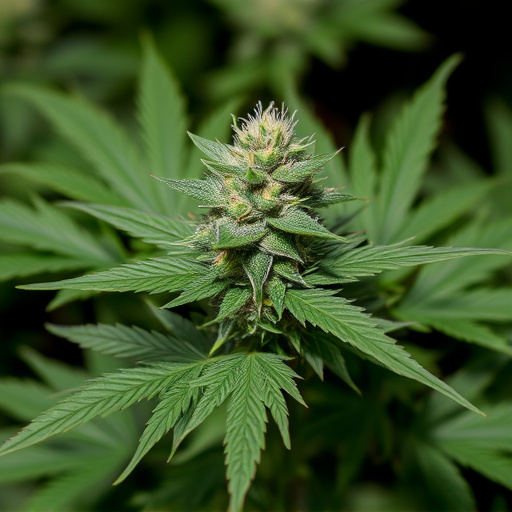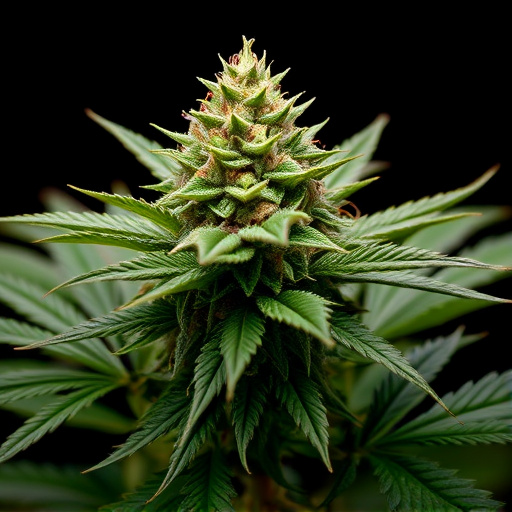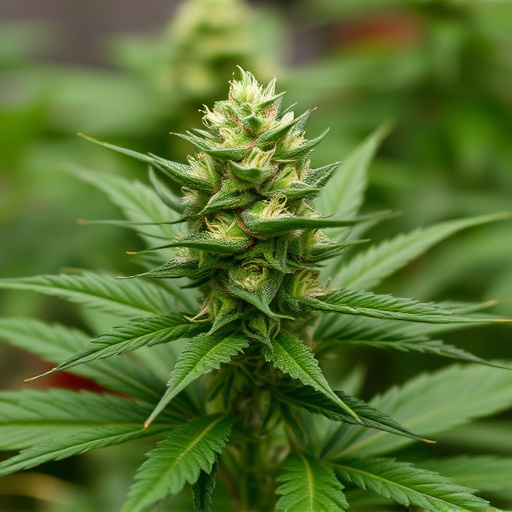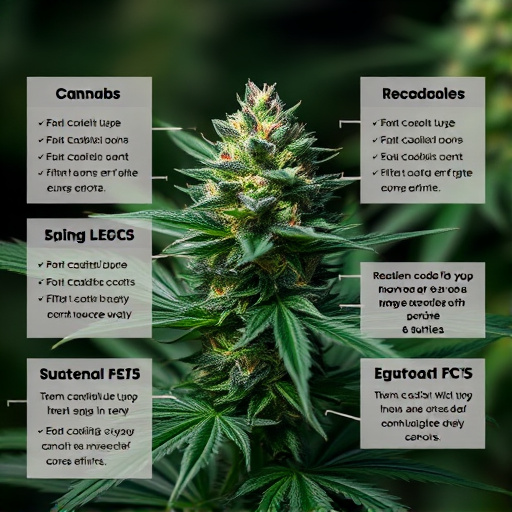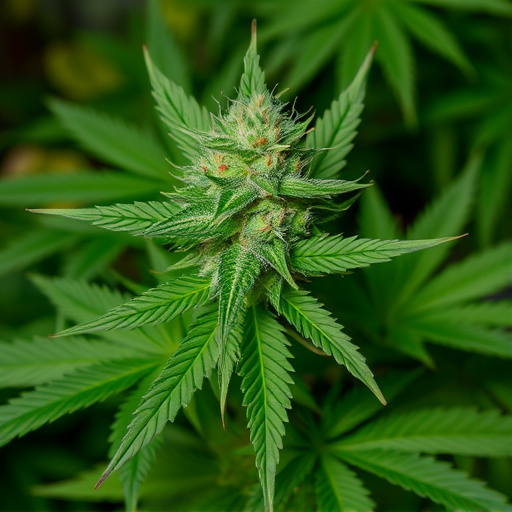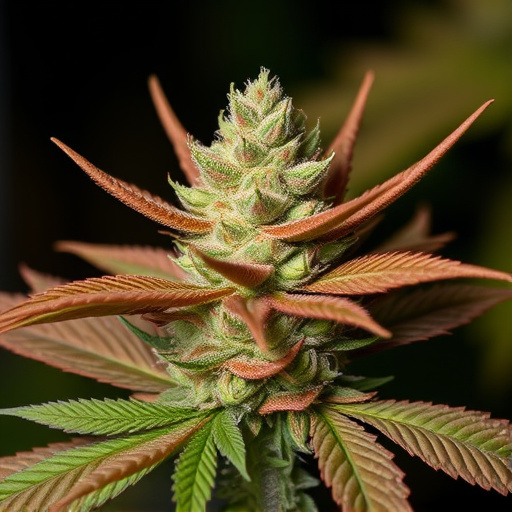Cannabis plants offer a diverse range of strains, each with unique chemical compositions that affect users differently. Key compounds include THC (psychoactive) and CBD (non-intoxicating with medicinal benefits), alongside terpenes that influence aroma and potential therapeutic effects. Terpenes can promote calmness or enhance energy levels, making it essential to understand these interactions for navigating the cannabis landscape and selecting strains aligned with desired effects.
“Unraveling the diverse world of cannabis flower effects is a complex yet intriguing journey. Different people experience varying responses to the same strain, making it a unique botanical puzzle. This article delves into the intricate details of how cannabis strains affect individuals, exploring their chemical composition and the role of terpenes. We examine individual factors such as genetics, age, and setting, which shape these experiences. From relaxation and pain management to mood enhancement, understanding these effects is crucial in navigating the potential benefits and risks associated with different cannabis strains.”
- Understanding Cannabis Strains and Their Components
- – Exploring the chemical profile of cannabis: THC, CBD, and other cannabinoids
- – The role of terpenes in aroma, flavor, and potential effects
Understanding Cannabis Strains and Their Components

Cannabis plants come in various strains, each with unique chemical compositions that significantly impact their effects on different people. These strains vary in content of primary compounds like tetrahydrocannabinol (THC) and cannabidiol (CBD), as well as terpene profiles, which are aromatic molecules contributing to the plant’s distinct aroma and potential therapeutic properties.
The cannabis strain you choose can lead to varying experiences, with THC known for its psychoactive effects, inducing feelings of euphoria, relaxation, or heightened sensory perception. In contrast, CBD is non-intoxicating and often sought for its potential medicinal benefits, including pain relief, anxiety reduction, and sleep aid. Terpenes like myrcene, limonene, and pinene can further modulate the experience, with some promoting calmness while others may enhance energy levels or cognitive function. Understanding these components is crucial to navigate the diverse cannabis landscape and tailor your choice to desired effects.
– Exploring the chemical profile of cannabis: THC, CBD, and other cannabinoids
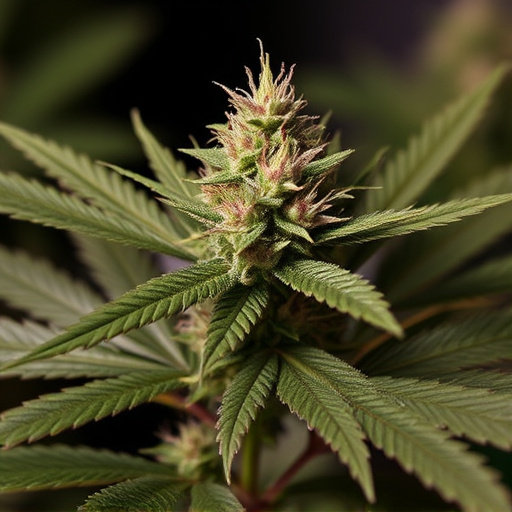
Cannabis flowers offer a complex blend of chemicals, primarily known for their impact on the human body and mind. The two most renowned compounds are THC (Tetrahydrocannabinol) and CBD (Cannabidiol), each contributing uniquely to the overall effects of cannabis strains. THC is responsible for the majority of psychoactive properties, evoking feelings of euphoria and relaxation, while CBD has gained attention for its potential therapeutic benefits without inducing a high. Other cannabinoids, like CBG (Cannabigerol) and CBN (Cannabinol), also play roles in shaping the plant’s effects.
The chemical profile of cannabis strains varies widely, leading to diverse experiences among consumers. Different ratios of THC to CBD can produce varying sensations, from calming and anxiolytic to energizing and creative. Additionally, terpene profiles—the aromatic compounds found in cannabis—interact with cannabinoids, further modulating the effects. This interplay between cannabinoids and terpenes contributes to the unique experience each strain offers, making exploration of these chemical aspects crucial for understanding how cannabis affects different people.
– The role of terpenes in aroma, flavor, and potential effects
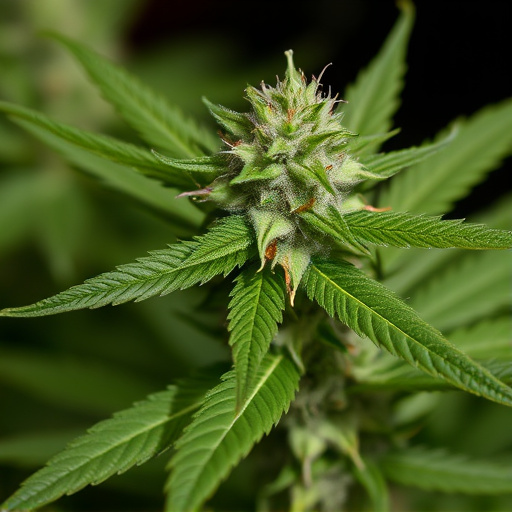
Cannabis flowers’ unique aroma and flavor are largely contributed by terpenes, organic compounds that play a significant role in how different strains affect users. These terpenes can influence the overall experience by enhancing or modifying the plant’s potential effects. For instance, myrcene, a common terpene, is known for its earthy, musky scent and is often associated with inducing relaxation and sleepiness. On the other hand, limonene offers a refreshing citrusy aroma and may boost mood and energy levels.
The interaction between terpenes and cannabinoids like THC and CBD further complicates the cannabis strains effects landscape. Some terpenes can enhance the potency of cannabinoids, while others may mitigate their impact. This complexity ensures that different people can have varying experiences from consuming the same strain, highlighting the importance of understanding terpene profiles when exploring the potential benefits or recreational use of various cannabis strains.
Cannabis flowers’ varying effects on individuals are a result of their diverse chemical compositions. Understanding the unique profiles of different cannabis strains, including their THC, CBD, and terpene content, is key to recognizing why each strain may produce distinct experiences. By recognizing these variations, consumers can make informed choices tailored to their desired effects, whether it’s relaxation, energy, or pain relief. Exploring the world of cannabis strains allows us to unlock a personalized journey through this complex plant’s many potential benefits.

